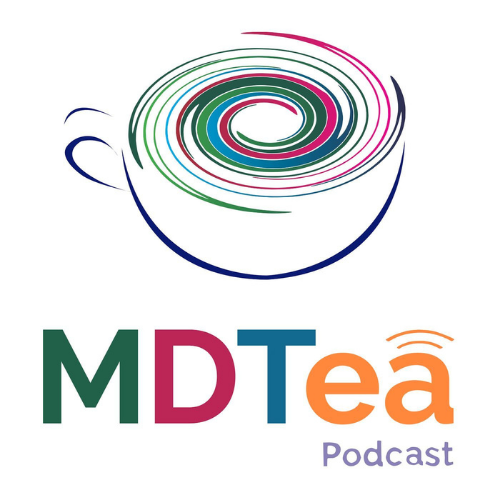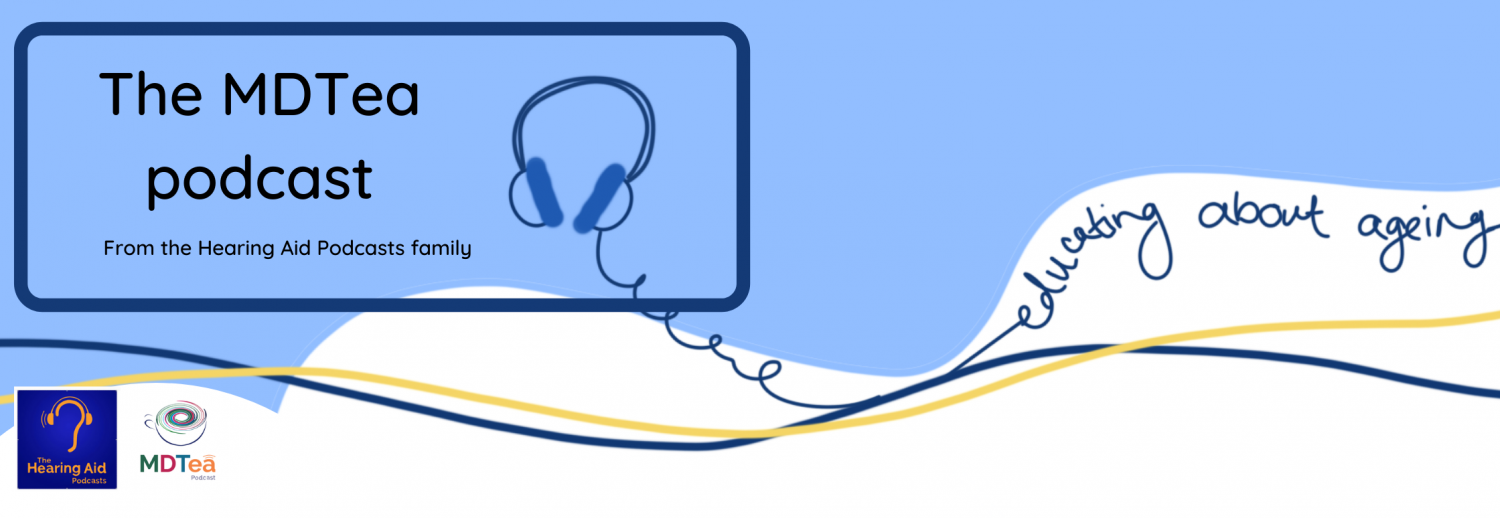12.4 2 hour response teams

Presented by: Dr Iain Wilkinson, Dr Jo Preston, Georgina Gill
Guest: Paul Simpson
Broadcast Date: 6th September 2022
Recording Date: 27th July 2022
Learning Outcomes:
Knowledge:
- – To know the purpose of 2hr response services in supporting admission avoidance
- – To understand the types of patient presentations 2hr response services might be able to support.
Skills:
- – Understand the variety of service designs and recognise the teams local to you
Attitudes:
Paper of the Week:
- Admission avoidance hospital at home (H@H) for older people with frailty.
Health improvement Scotland- 2022 update. A literature search was conducted in October 2019 and updated January 2022
Outcomes of interest– mortality, hospital admission, transfer to residential care settings, length of stay, QOL, pt satisfaction, staff satisfaction, safety, cost effectiveness.
RCT 9 centres in UK
compared established CGA H@H services (n=687) to inpatient hospital care (n=345)
randomised 2015-2015, randomised to H@H or in pt. 2:1 ratio
pts >65
Identified 4 essential components of H@H that all included services must have:
- 1) geriatrician-led admission avoidance H@H
- 2) multidisciplinary team
- 3) healthcare guided by the principles of CGA, that included virtual rounds,
- 4) direct access to acute-hospital based healthcare, such as diagnostics and transfer to hospital
Mean age 83.3y, 60% female, 72.3% patient had diagnosed cognitive impairment
frequent presentations to services included acute functional deterioration, fall, SOB, confusion/dementia/delirium
Authors found no difference re living at home at 6 or 12 months and no evidence in difference in risk of death at 6 or 12 months.
There were more admissions to long term residential care in inpatient group
mean length of stay 6.89 in H@H group vs 5.25 in patient.
higher risk or readmission or transfer in H@H at 1 month but not 6 or 12 months. There is some suggestion this may be due to challenges accessing overnight care.
There was no difference in delirium at 3&5 days- but only 10 cases in Hospital so hard to extrapolate to a wider population.
Taking a cost approach, mean difference in cost found hospital at home saves £2265 healthcare costs and £2840 when societal costs are included.
There was no significant difference in quality adjusted life years but wide CI -0.013 to 0.010 so uncertain.
Overall, authors concluded Hospital at Home is likely to be cost saving.
2 hour response teams
These teams have a multitude of different names- rapid response, crisis team, urgent community response and more. For simplicity we’re going to refer to them as 2 hour response teams.
We spoke about see and treat at home services and their assessment models back in Series 8 episode 6
Jean's story

Last episode Jean attended her GP Practice to see the practice nurse in the hypertension clinic, and she was seen the next day by her GP for a holistic review.
Today Jeans carers have attended as the usually do, and found she is unable to walk about as normal and having difficulties getting out of bed. She has an acute reduction in her mobility. They contact the GP practice and following a short telephone consultation, the practice team refer her for the local 2 hour response team to visit her today.
A clinician from the service comes to Jeans home, this person might be a doctor, nurse, paramedic or ACP depending on service design. They might complete a joint visit with a physiotherapist or occupational therapist.
The clinican undertakes a holistic assessment including a physical assessment, and together with the PT/OT they will review Jeans mobility and safety at home and complete a social assessment.
On assessment the team are unable to find an obvious cause for the acute reduction in mobility, and where prior to these teams this may result in an acute admission to hospital for Jean. This time the team undertake some further investigations including point of care blood tests, and the therpist prescribes some equipment such as a commode and frame to support Jean at home during this time. With Jeans care company they are able to boost her care to 2 people 4 times a day for the short term. They arrange for Jean to receive IV antibiotics at home for the next couple of days.
Over the next 72 hours with the increased support in her home Jean improves and the team are able to pass care at 72 hours back to her GP for further input. Jeans care package drops back to the normal twice daily with family support and Jean continues to improve. The team make referrals to other services such as community physiotherapy to come and see Jean in the coming weeks to see if they can increase her mobility, balance and confidence.
How does 2 hour response work?
In May 2021, the urgent community response- two hour crisis and two day reablement response standards were published. We spoke about reablement in episode 1 so today we’re looking just at those crisis repose services- this is defined as;
‘A crisis response is delivered by a community-based service, typically provided by a multidisciplinary team to adults in their usual place of residence with an urgent need.’
A two hour response is typically required when a person is at risk of admission (or readmission) to hospital due to a crisis and it is likely they will attend hospital within the following 0-24 hour period, without intervention to prevent further deterioration and where the response can keep the person safe at home/usual place of residence. These services are designed to reduce avoidable admissions.

Typical presentations these team could manage include falls (without apparent serious injury), decompensation of frailty, reduced function, deconditioning or reduced mobility, palliative/end of life crisis support and patients needing urgent equipment provision.
There is a lack of comparable literature about these services, and local variation means each service has differences in patient groups, service availability, social care input and support which we know can influence admission related decision making. Like many health services during the pandemic lots of these services underwent funding or design changes, and there is now an increasing emphasis and support for out of hospital services so they are rapidly developing and changing- its interesting to see what the literature and evidence base will look like in the next few years.
Healthy London conducted a rapid review in 2016 that has a whole range of services that might be regarded as 2 hour response services or work closely with them have a read to see the breadth of service designs.
The common feature and strength of all the services is the multidisciplinary integration, so they have MDT’s from a whole range of backgrounds and good collaborative links with wider community health teams such as District nursing, whist remaining distinctly separate services. A 2010 Kings fund report highlighted the value of integrated health and social care teams and multidisciplinary teams in admission avoidance initiatives.
2010 Kings fund report: Avoiding hospital admissions: what does the research evidence say
We spoke with Paul, a Paramedic working with the East Sussex Crisis response service about the services they deliver. We spoke a bit more about the team as a whole.
NHS Guideline Crisis response services March 2022, discusses two-hour response teams should work in a multidisciplinary way, with staff learning each others roles- we heard from Joe in episode 11.6 Physiotherapist how his front door service is enabling his team to do this in the hospital setting, and Paul discussed how assessments are carried out together with insights informing assessment together and learning from each other.
Curriculum mapping
NHS Key Skills Framework | Core Health and Wellbeing | Communication 2: Personal and People development: Quality HWB4 Level 2 HWB4 Level 3 | Communicate with a range of people on a range of matters Contribute to own personal development Maintain the quality of own work Enable people to meet ongoing health and wellbeing needs. Plan , deliver and evaluate care to meet peoples health and wellbeing needs |
Foundation training Curriculum | Foundation Year 1 | Section 2.6 Interface with HCPs Section 2.7 Interaction with Collegues Section 4:20 Healthcare resource management | Describes the structure and importance of the wider healthcare team Works effectively within the healthcare team for the benefit of patient care Makes clear, concise and timely written and oral referrals to other healthcare professionals within the hospital Acts as a member of the multidisciplinary professional team by supporting, respecting and being receptive to the views of other healthcare professionals Works effectively with others towards a common goal e.g. accepts instructions and allocation of tasks from seniors at handovers and multidisciplinary team meetings Demonstrates understanding of the organisational structure of the NHS and independent sector and their role in the wider health and social care landscape Describes hospital and departmental management structure |
Foundation Year 2 | Section 2.6 Interface with other healthcare professionals Section 2.7 Interaction with Colleagues | Demonstrates ability to make referrals across boundaries / through networks of care (primary, secondary, tertiary) Demonstrates initiative e.g. by recognising work pressures on others, providing support and organising / allocating work to optimise effectiveness within the clinical team | |
Section 2.7: continuity of care/ Interaction with colleagues | |||
GP training Curriculum | Clinical management Managing complex and long term care Working with colleagues and in teams Working well in organisations and systems of care
Community orientation | Contribute to an organisational and professional approach that facilitates continuity of care (e.g. through adequate record keeping and building long term patient relationships) Organise follow up of your patients after referral through multiprofessional, team bases and structured approaches including monitoring, reviewing and regular care planning. Demonstrate the ability to effectively ‘navigate’ patients with multiple problems along and between care pathways, enabling them to access appropriate team members and services in a timely and cost-effective manner. Enhance working relationships by demonstrating understanding, giving effective feedback and maintaining trust. Appropriately seek advice from other professionals and team members according to their roles and expertise. Show commitment to a process of continuing professional development through critical reflection and addressing of learning needs. Recognise the importance of distributed leadership within health organisations, which places responsibility on every team member and values the contribution of the whole team Describe the current structure of your local healthcare system, including various role, responsibilities and organisations within it, applying this understanding to improve the quality and safety of care you provide. | |
Core medical training curriculum | Managing long term conditions and promoting patient self care: | Define the role of rehabilitation services and the multi-disciplinary team to facilitate long-term care Recognise importance of multi-disciplinary assessment Contribute to effective multi-disciplinary discharge planning | |
Internal medicine training curriculum (Stage 1) | Cat 2.3 . Communicates effectively and is able to share decision making, while maintaining appropriate situational awareness, professional behaviour and professional judgement | Communicates effectively with clinical and other professional colleagues Applies management and team working skills appropriately, including influencing, negotiating, re- assessing priorities and effectively managing complex, dynamic situations | |
Geriatrics and higher specialty training curriculum | 30: Rehabilitation and Multidisciplinary team working 31: Planning transfers of Care including discharge | Define the role of rehabilitation services and the multi-disciplinary team to facilitate long-term care Roles and expertise of different members of interdisciplinary team Physical therapies which improve muscle strength and function Therapeutic techniques/training to improve balance and gait Aids and appliances which reduce disability. Understand the structure, roles and responsibilities of the multi-disciplinary team including the importance of outside agencies, and the way in which individual behaviours can impact on a group Role of the geriatrician and the multidisciplinary team in discharge planning
|

